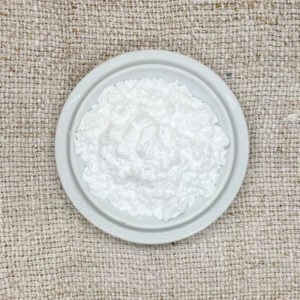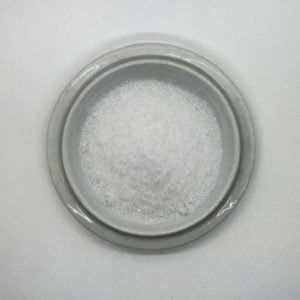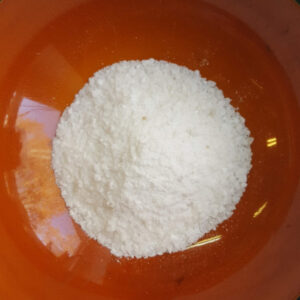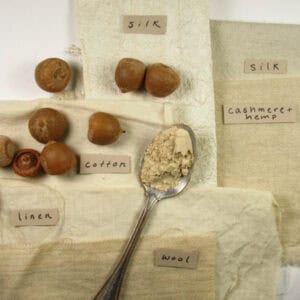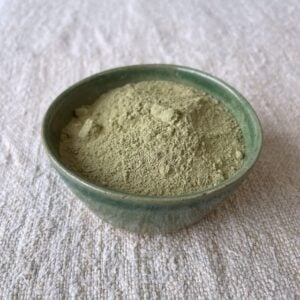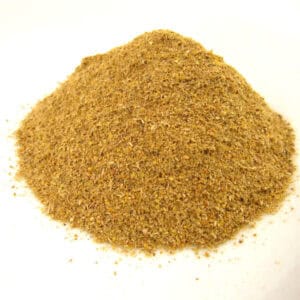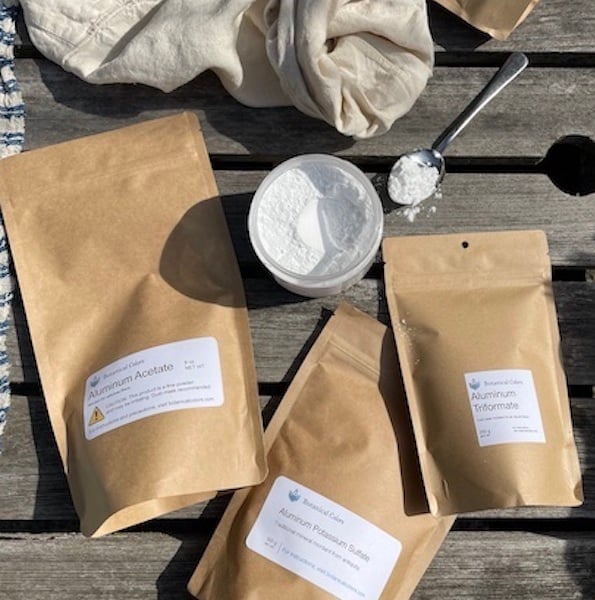
We had a question come in earlier this week about the differences in the variety of alum mordants we offer.
Katie asks:
Hello, I am wondering if it is possible to use Ammonium Aluminum Sulfate for mordanting wool? I am finding this substance in the spice section of
the grocery store. I can’t seem to find definitive information about this and I feel confused about all the different “alums” that exist.

We answered:
The different alum types are basically the same mineral but they are refined differently for different purposes using a variety of chemicals. They can look different, too.
For protein fibers, aluminum potassium sulfate, aluminum sulfate and spice rack alum are all perfectly fine to use. Aluminum triformate is refined with a different chemical and can be used cold for wool. Many dyers like it because they say the lower temperature mordanting keeps the wool soft.
For cellulose fibers, aluminum acetate and aluminum sulfate are used, often in combination with a tannin as tannin helps increase lightfastness on cellulose fibers. Aluminum triformate may also be used for cellulose, but my tests have shown that it tends to produce lighter shades than either aluminum acetate or tannin + aluminum sulfate.
You don’t need to use tannin on protein fibers as part of the mordant process, but they are commonly used for their dye and colors on wool and silk.

If you don’t want to use aluminum as a mineral or manufactured ingredient, symplocos provides a plant-based option. Symplocos is an alum accumulator, with the strongest concentration in its dried leaves. The dried leaves are gathered in controlled forested areas in Indonesia, ground to a powder, sifted and packaged. The packaged powder is used as a traditional mordant.
We also have a chart on our website that provides info on the differentiation among the alum options.


